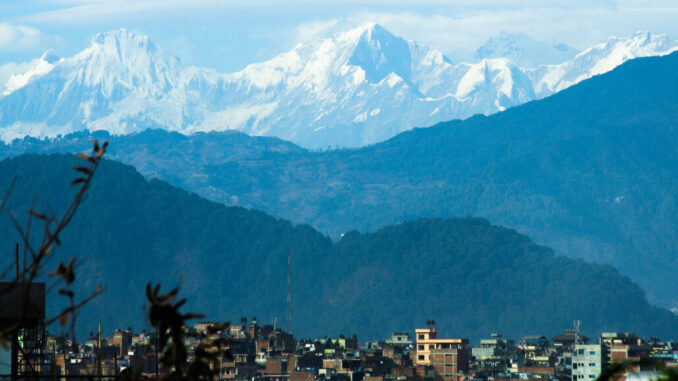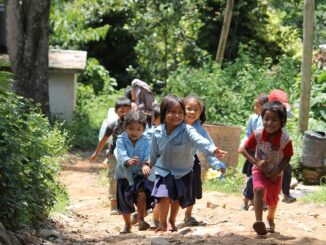
The empowerment of Dalits is a significant challenge for the development of Nepal. Though recent amendments to the New Civil Code and the Constitution sought to eliminate caste discrimination, it persists. Dalits traditionally and historically have been considered as “lower-caste” and untouchable” caste of people and are discriminated against and oppressed socially, economically, and politically. Out of the projected 30 million population in Nepal, approximately 2 million people are Dalit women, and this group of population is highly underrepresented in political decision-making. Due to the affirmative provisions in the new election laws, Nepal has ensured the Dalit women’s representation at local levels.
Purpose of the Study
A study conducted by Anil Chandrika, at the School of Education, Kathmandu University, Dhulikhel, Nepal, explored how education contributes to the Dalit women leaders’ capacity to represent their constituencies effectively. In the study, Chandrika specifically explored two topics: experiences of elected Dalit women leaders and the role of education in their leadership abilities.
Key Findings
This study found that the ability of elected Dalit women leaders to represent their constituencies effectively did not primarily depend on their educational achievements. However, education positively affected their performance. Despite limited formal education, these leaders display effective representation at the local level. Factors like family background, social setup, and organizational environment outweigh the impact of education. The study emphasizes the importance of economic status, cultural and social capital, defense mechanisms, and personal networks in their leadership abilities. Despite possessing substantial capital, institutional barriers within municipalities hinder their effective representation, overshadowing their individual identities. The study concluded that the marginalized Dalit communities are not empowered unless the elected Dalit women council members of the municipality gain an equal chance to participate in the decision-making process representing their constituencies.
Access the full report here.
Chandrika, A. (2023). Representation of the Citizens in Nepali Local Governments through the Elected Dalit Women Leaders Open Journal of Social Sciences, 11, 304-339. https://doi.org/10.4236/jss.2023.1110020
Photo credit: Ganesh Himāl seen from Lalitpur, Nepal. Used under Creative Commons license (CC BY 2.0).



